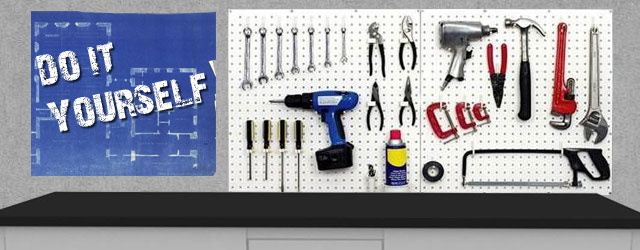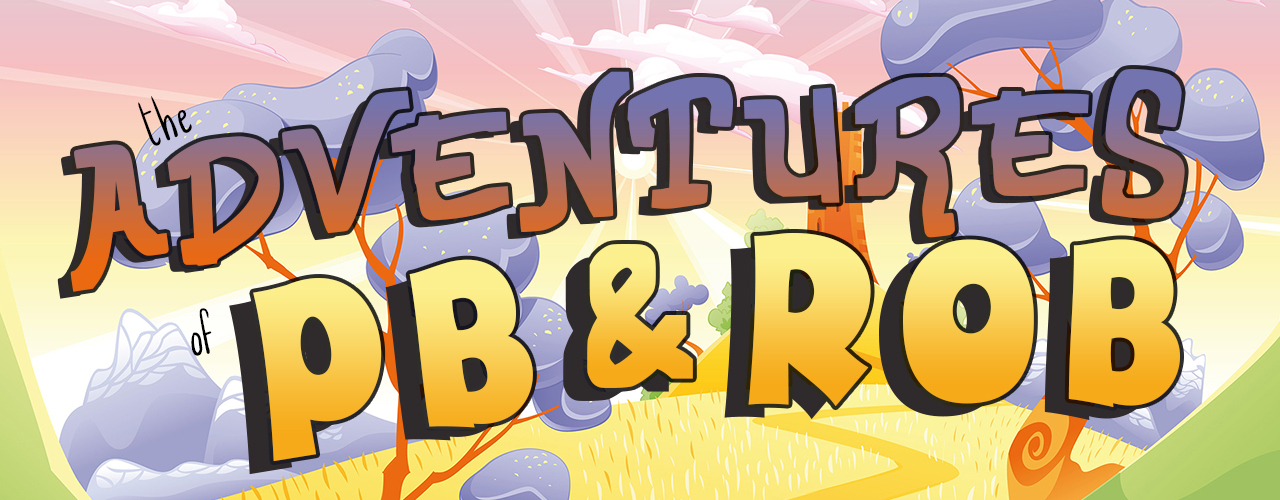Article by: Hunter Etherington
A few months ago I became very interested in the DIY movement. I started seeing a variety of images and videos of homemade projects. There was every shape and size. I was really impressed and in awe of the people who can create these marvels.
While watching Attack of the Show, they had a segment cleverly called “Sneaker Heads”; they highlighted an automatically lacing shoe called Powerlaces. At this website there is a video and detailed instructions on how to make your own. This project was the first time I realized that I could replicate a project that I saw online.
Once I knew it was possible to create my own DIY projects, I began to search for a good place to start. There are many different types of projects. The most typical types for beginners are: arts and crafts, robotics/electronics, costumes, and 3D printing.
Arts and crafts projects can range from custom paper dolls to knitting, sewing, and crocheting. Such projects are relatively low tech; however, this is not to say they are any less elaborate than a high tech project. Some of the projects I have seen are a crocheted TARDIS, a crocheted space shuttle, and a felt Star Trek book.
It is hard to categorize what can be done with electronics and robotics. This is because of the sheer amount of things that can be created with a custom circuit board. I have seen everything from full robotic beer fridges to an IR sensor that will mute your TV with every mention of the Kardashians.
Costumes are a very popular DIY project because it allows people to create custom outfits for cosplay that typically aren’t sold in stores. People make costumes with a variety of methods; the most common methods being sewing, vacuforming, and expanded foam in molds.
3D printing is what I am most excited to get involved in. Industrial and commercial 3D printers or rapid prototypers are prohibitively expensive for the hobbyist to get involved with. Luckily there is the Makerbot. a relatively inexpensive option for the DIY 3D printer. It’s an incredible open source machine that can print models designed in a multitude of different programs, such as the free Google SketchUp. There are other DIY 3D printers, but the Makerbot is the easiest to use.
From what I have found, there are a lot of places online to go for DIY information; however, many of these sites can be quite advanced for a beginner. The sites often believe that your base knowledge is much higher than it may actually be. In reality, the 20 step project ends up being a 50 step project. I have found a few websites that are very good at helping beginners understand projects, while also allowing them to find more detail if they want.
instructables.com has a huge amount of projects, all of them with detailed instructions to repeat their process. They also provide links to where the materials can be purchased; however, the materials cannot be purchased on instructables.com itself. Another downside to this website is that it requires a paid membership to read the entire set of directions for every project.
makezine.com is my favorite website. I subscribe to their RSS feed, which provides daily updates on inspiring projects. The website also manufactures a magazine (though I have not seen an issue). The website is an amazing resource; it has many step by step projects, a great forum and community, and a in-house store for components and kits. For the beginner I would definitely suggest using this website to get started.




















Add comment